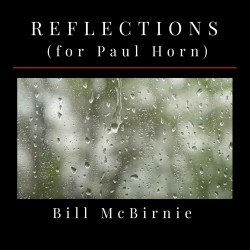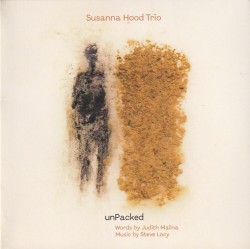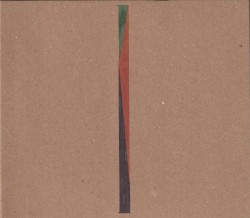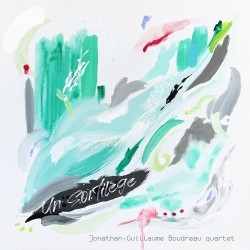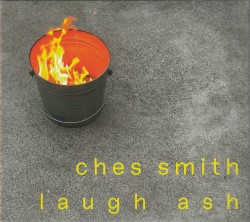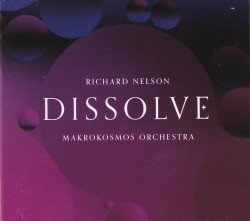Mike Downes: The Way In - Mike Downes; Robi Botos; Ted Quinlan; Joaquin Nunez Hidalgo; Davide di Renzo
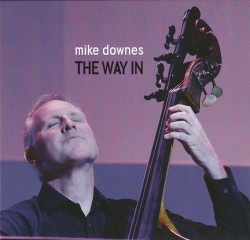 Mike Downes – The Way In
Mike Downes – The Way In
Mike Downes; Robi Botos; Ted Quinlan; Joaquin Nunez Hidalgo; Davide di Renzo
M Music (mikedownes.bandcamp.com/album/the-way-in)
Versatility and the ability to bend and cross genres are valued qualities in musicians. Multi-JUNO award winning, renowned bassist Mike Downes is the embodiment of these qualities. His newest release is a great showcase of his prolific talents as a unique and captivating musician and composer. The track list is chock-full of songs penned by the bassist himself and his lyrical compositional style is accessible and able to be enjoyed and appreciated. Downes himself says the album showcases his “deep gratitude to the long lineage of extraordinary bassists who blazed the way forward.” There’s a certain beauty and humbleness there when a musician who so many look up to pays homage to his idols in such a way.
These pieces are such a fitting example of Downes’ sensitive and melodious style of playing, he makes his instrument truly “sing.” What is exceptional is how he draws out such emotions and creates a truly clear imagery in the listener’s mind; he has a way of making the bass into a storyteller, almost as if we’re listening to it speak and sing to us. Coming back full circle to the versatility mentioned earlier, each song has a completely unique and distinct feel, even very specific textures which come to the forefront through the different ways in which Downes creates sounds and layers them; from bowing to rhythmic tapping and melodious pizzicato. A must-add to your music collection!


